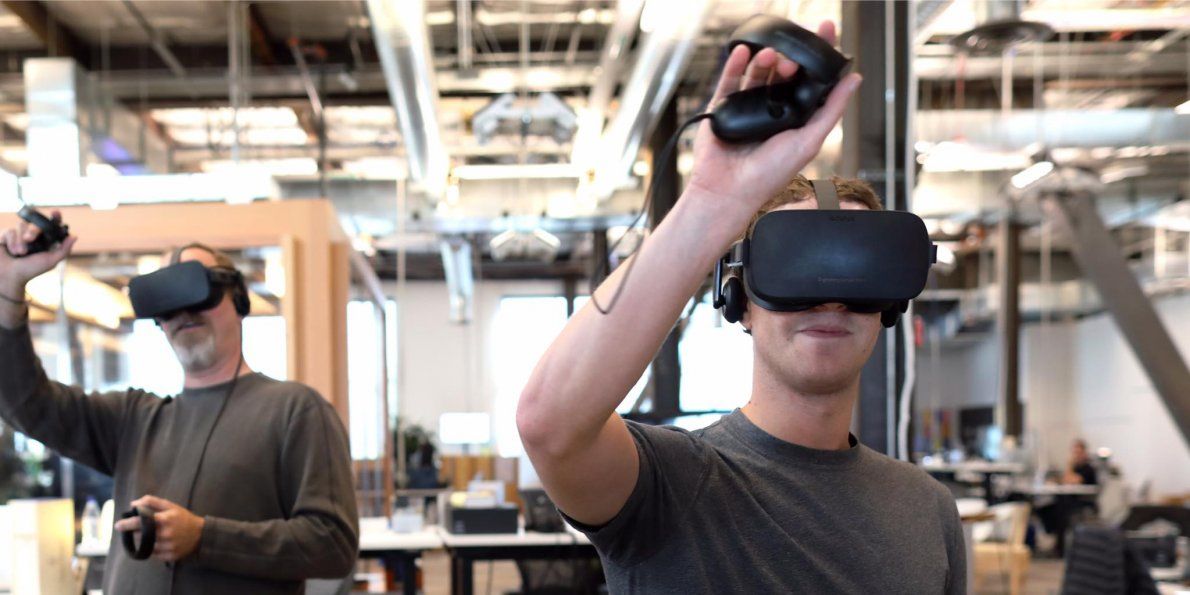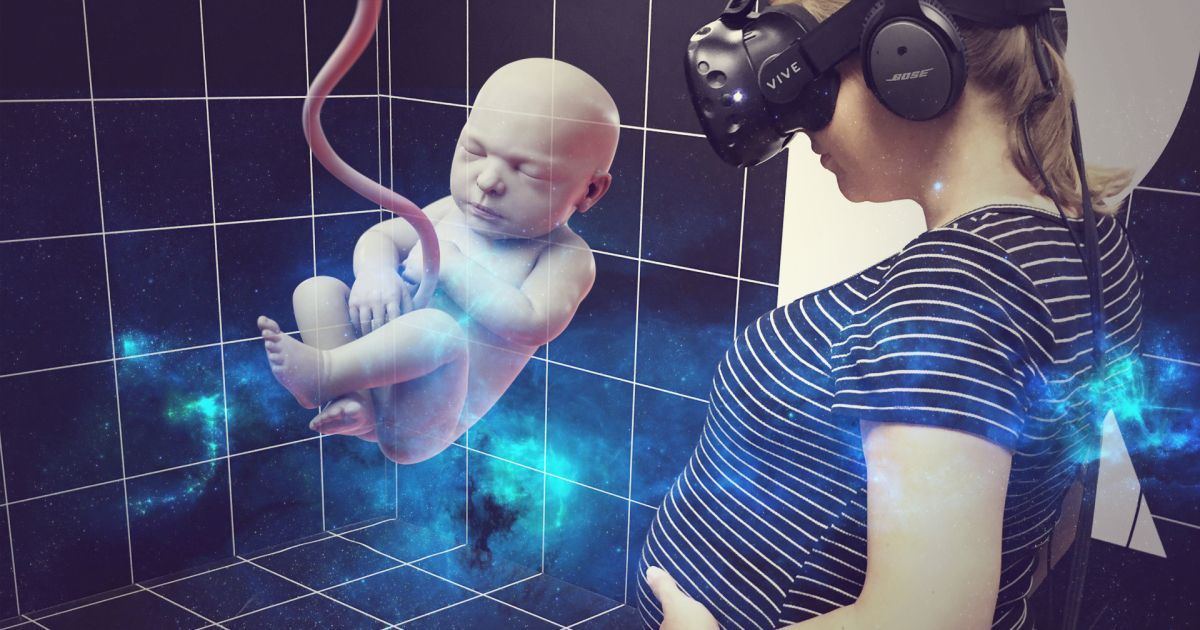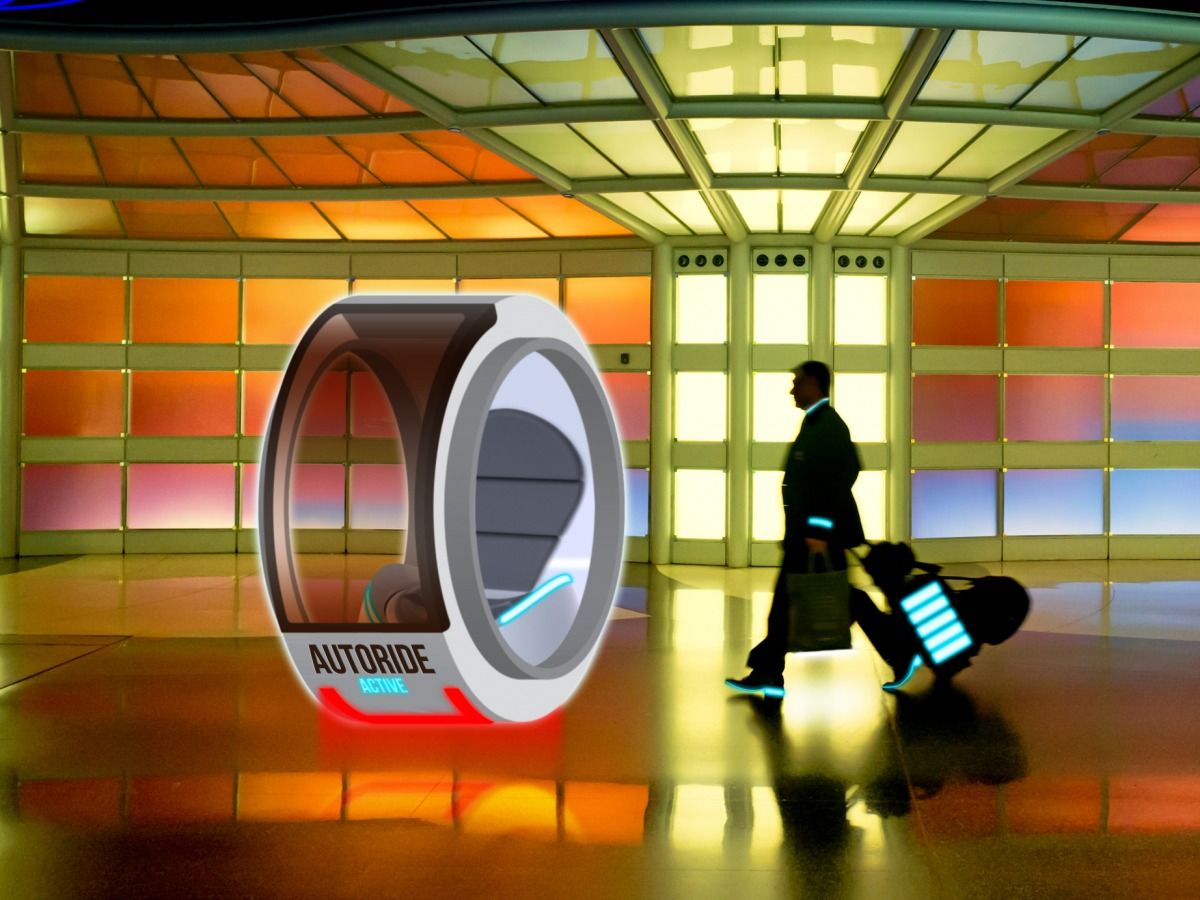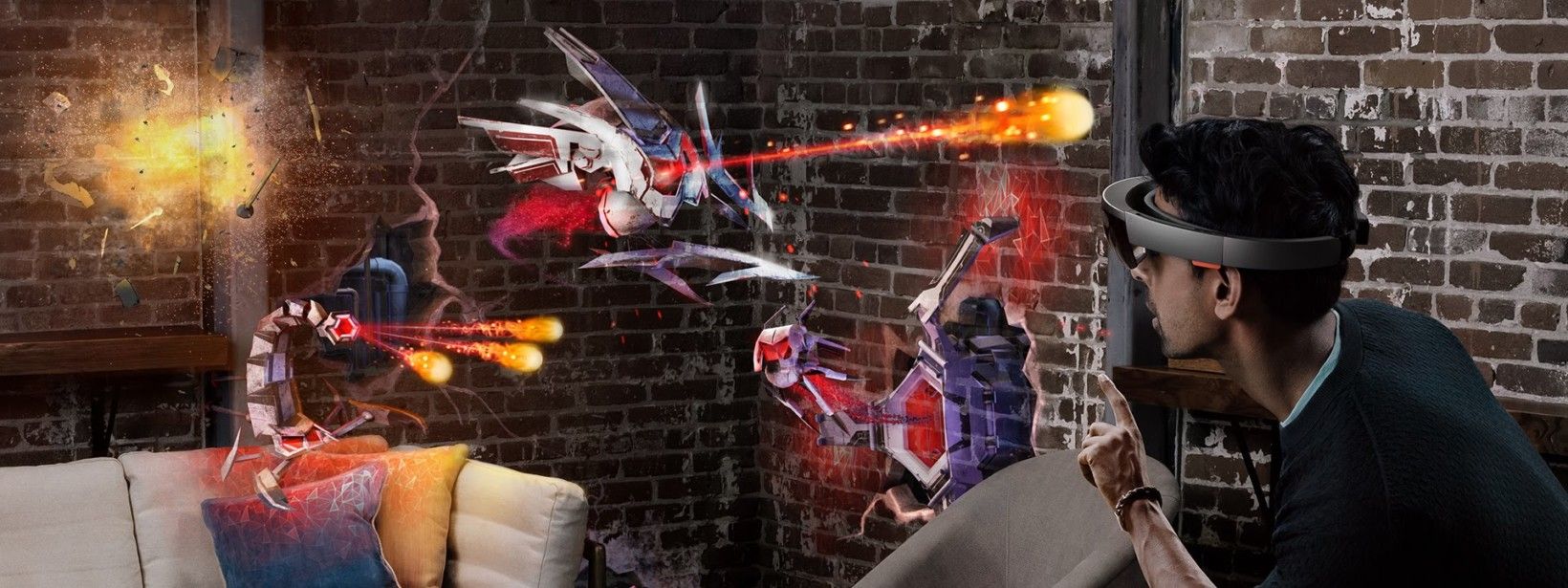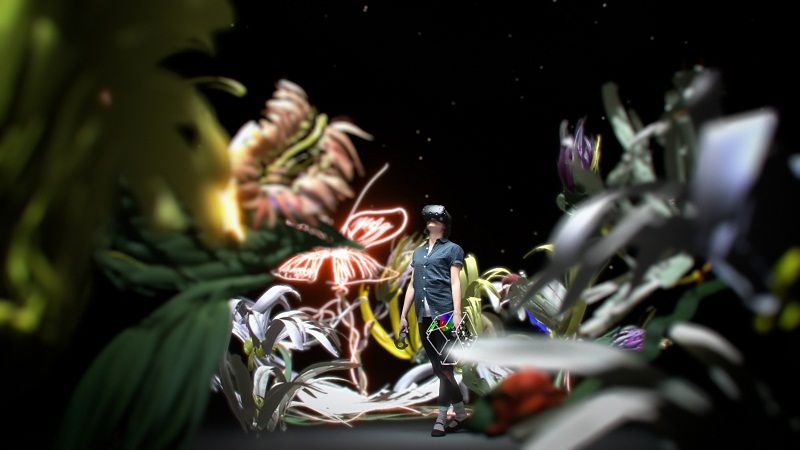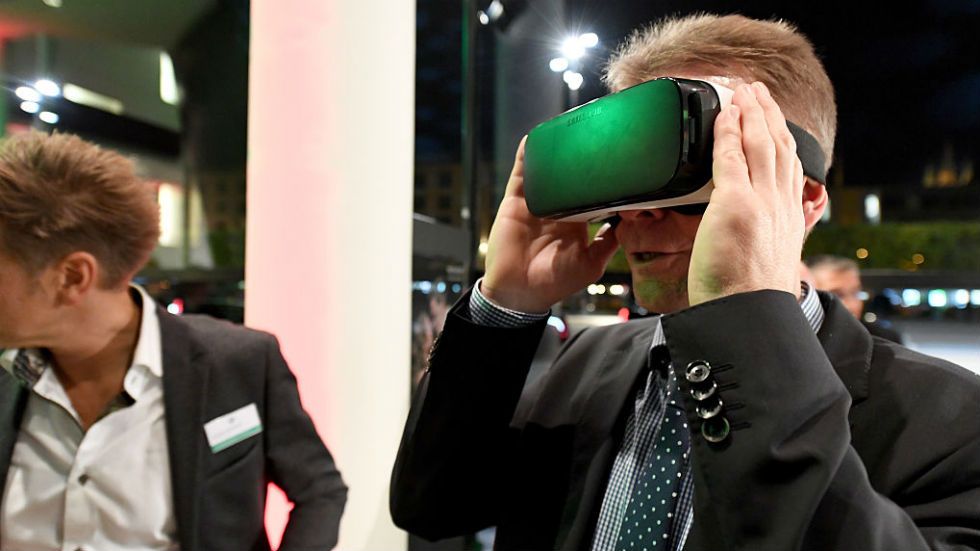Virtual Reality is not a new technology, it’s been around in various forms for decades, but enthusiasts believe it’s now on the cusp of a golden age. Driven by an increase in research money and significant advances in picture resolution and technical functionality, interest in the potential of VR is going well beyond the games and entertainment industry. The pairing of these developments with an exponential growth in certain technology sectors evokes scenarios of the future taken from the pages of sci-fi literature. VR pioneer Cosmo Scharf will paint his vision of our shared future.
More information on http://www.tedxvienna.at
Cosmo Scharf co-founded VRLA, the world’s largest virtual reality expo, the Proto Awards, the first award show for VR, and Visionary VR, a start-up building software for storytelling in VR.
This talk was given at a TEDx event using the TED conference format but independently organized by a local community.
